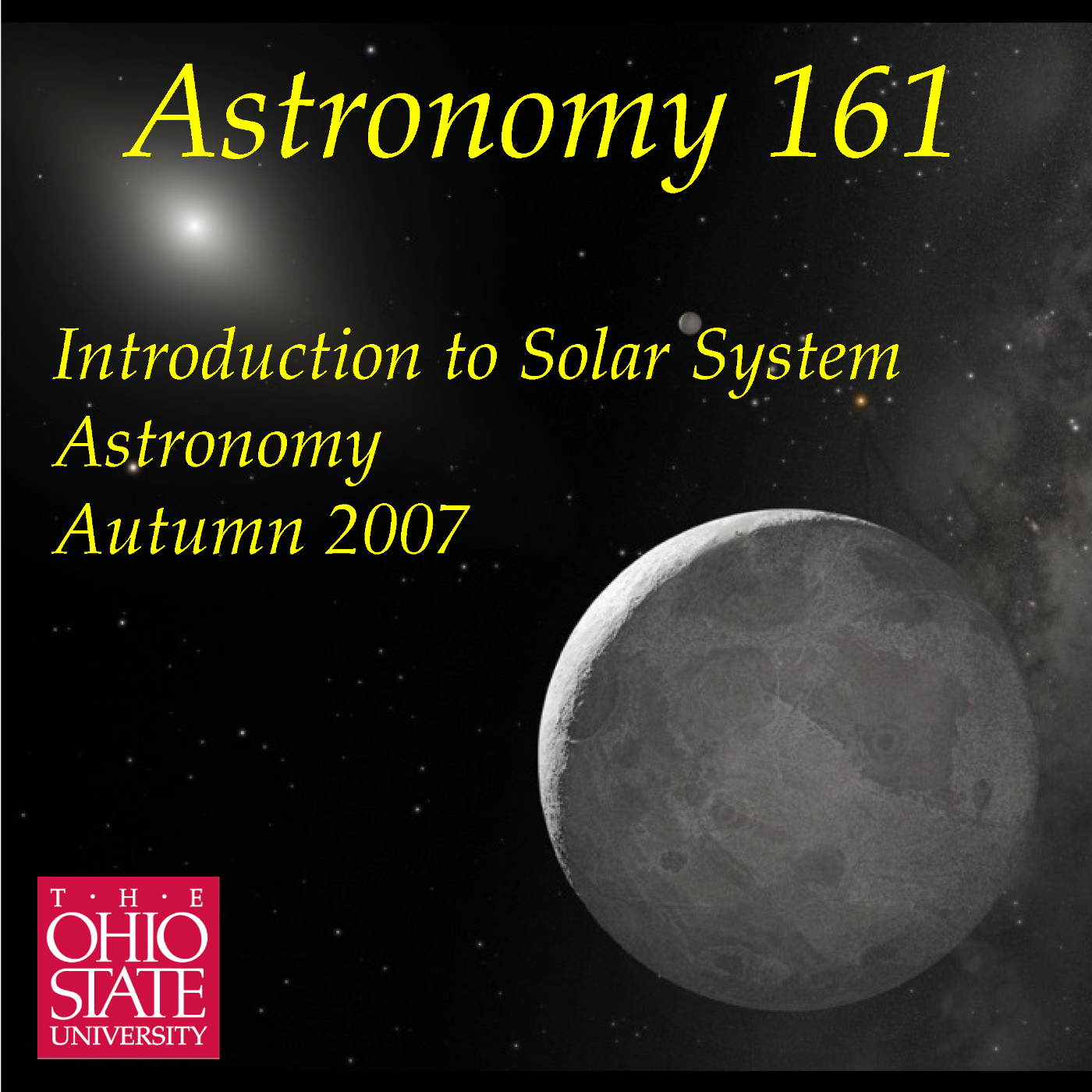Lecture 19: Orbits
Description
Why do Kepler's Laws work? In this lecture I will describe Newton's
generalization of Kepler's Laws of Planetary Motion so that they will
apply to any two massive bodies orbiting around their common center of
mass. I will introduce families of open and closed orbits, the circular
and escape speeds, center-of-mass, conservation of angular momentum, and
Newton's generalized version of Kepler's 3rd Law. The latter is a
powerful tool for using orbital motions as our only way to measure the
masses of astronomical objects. Recorded 2007 Oct 16 in 1000 McPherson
Lab on the Columbus campus of The Ohio State University.
More Episodes
A new podcast, Astronomy 141, Life in the Universe, is available
for those interested in continuing an exploration of topics in
modern astronomy.
Published 12/06/09
Published 12/06/09
Are we alone in the Universe? This lecture explores the question of how
we might go about finding life on planets around other stars. Rather
than talking about speculative ideas, like the Drake Equation or SETI, I
am instead taking the approach of posing it as a problem of what to look
for...
Published 11/30/07


